RF connector solution features low insertion losses while capable of open face pressure resistance
BIRNS has launched its new range of coaxial subsea connector contacts.
Testing results for the BIRNS Millennium series connectors developed with the new contacts have shown maximum insertion loss of 0.7 dB at signal frequencies to 3GHz, with an associated maximum SWR (Standing Wave Ratio) of 1.7:1, the manufacturer said.
Furthermore, the new coax contacts withstand open face hydrostatic pressure to depths of 1,433 m so far in initial testing protocols, with more testing currently underway. Additionally, the new design provides ease of assembly and connects directly to a standard MIL-STD-348 SMA connector.
According to BIRNS, RF contacts in the subsea connectivity market are typically unable to withstand any open face pressure resistance whatsoever or offer poor signal performance due to the design demands of controlling electrical impedance and the challenges found affecting characteristic performance of dielectric materials.
“The geometry of a typical 50Ω coax contact consists of a center conductor, outer conductor and a dielectric between. The ratio of the distance between the center conductor and outer conductor must be maintained to prevent impedance discontinuity,” said Jeff Hager, BIRNS Mechanical Design Engineer. “Preventing the dielectric and or center conductor from being extruded from the outer conductor or creating a leak path under pressure would have to include radial transitions, seals and compression resistant materials—however, coax contact designers in the marine industry have historically avoided such features to control impedance.”
BIRNS’ engineering team achieved its new pressure resistant coax line with a proprietary design, optimizing transitions to prevent extrusion and minimize impedance discontinuities. Plus, it incorporated seals made of low dielectric constant materials to prevent leakage under pressure and utilized a high compression strength dielectric material, which also has a low dielectric constant.



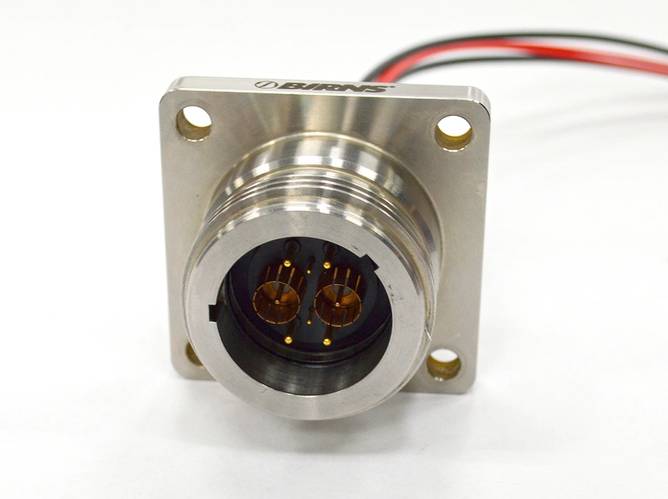
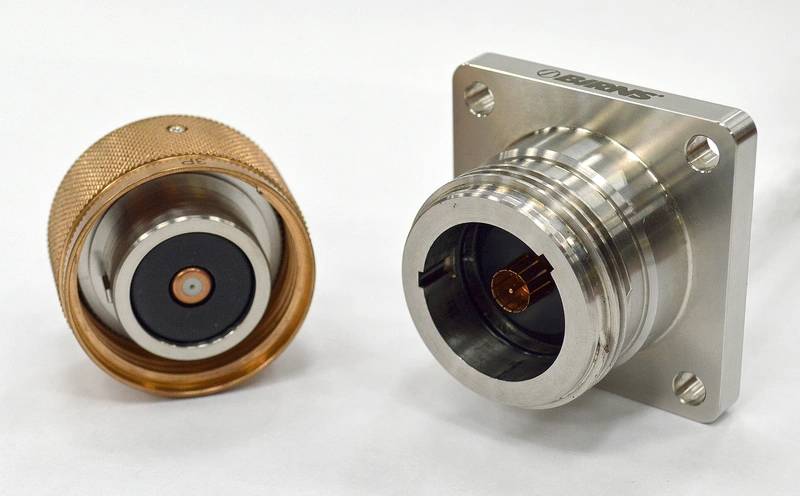
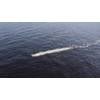
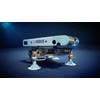

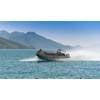
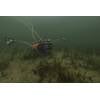










 February 2024
February 2024



